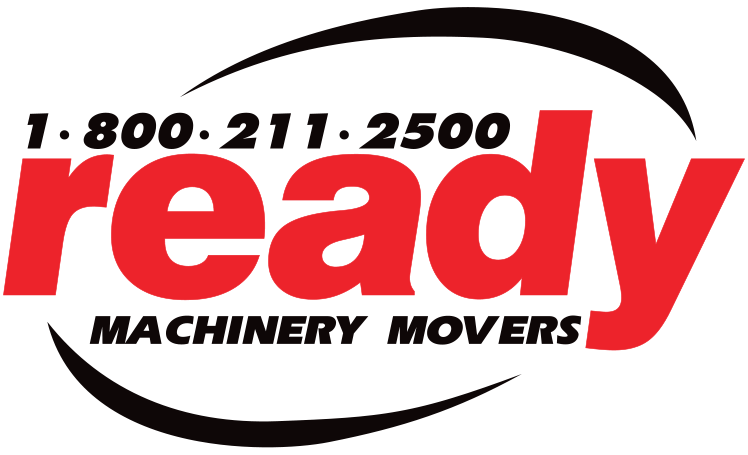Industries like plastic manufacturing, automotive manufacturing, aerospace and construction need the assistance of heavy machinery for their daily operations. Workers who deal with heavy equipment understand their jobs can be challenging and hazardous. Lost-time injuries or death can cause lost revenue and legal difficulties for a company. Maintain the safety — and productivity — of your business with proper preventive measures and safety protocols.
Here are heavy machinery safety procedures to follow:

-
Planning
Establish a vehicle route and scheduling plan to minimize the number of trucks and vehicles backing onto your lot. This effort can prevent accidents involving vehicles hitting people nearby. Workers also need to follow safety protocols and take extra caution when dealing with unreliable machinery. Machines and equipment can malfunction at any given time. Potential dangers and equipment issues need to be reported immediately so necessary repairs are made right away.
-
Blind Spots
One of the most common causes of heavy machinery accidents is operator blind spots. Even with a proper vehicle route plan in place, some situations may require drivers to back up a truck or car. Designate spotters who (with the proper hand signals) can safely guide and direct machine operators and communicate dangers to other workers or passersby.

-
Gear
Electrical hazards and falling objects are among the most common causes of injury and fatalities. Heavy machinery operators and workers are required to wear appropriate safety equipment. Workers should also don high-visibility clothing as an added safety precaution.
-
Loading and Unloading
Load or unload equipment on level ground to avoid objects or machinery rolling over or slipping off ramps. Ascertain the load limits of each machine before use and make sure loads are secure when lifting them.

-
License and Training
Operators of heavy equipment need proper training and/or a license to handle specific equipment. Operating a machine without adequate knowledge or skill to do it safely can lead to serious injuries or death.
-
Inspection and Maintenance
Inspect machinery daily ( before and after use). Enforce policies and procedures, develop a checklist, and pay close attention to detail. Timely detection and repair of faults or equipment damage prevents costly accidents and work slow-downs.

-
Lock-out/Tag-out Procedures
Established protocols for performing maintenance or repairs on machines avoid unexpected activation or sudden release of stored energy. Isolate or render power sources inoperable and make them inaccessible to keep machines from accidentally starting when being serviced. Use identifiers like locks, tags, and diagrams.
Prioritize safety. When working with heavy equipment, don’t leave anything to chance. With the proper security measures and well-trained staff, you can increase safety for all those operating and working near heavy machinery.
Transporting heavy equipment requires even more expertise. If you need assistance with machine relocation, hire a professional team. Ready Machinery Movers offers heavy machine moving services to transport equipment worldwide. For safe and hassle-free transport of heavy equipment, dial our toll-free number: 1-800-211-2500.
